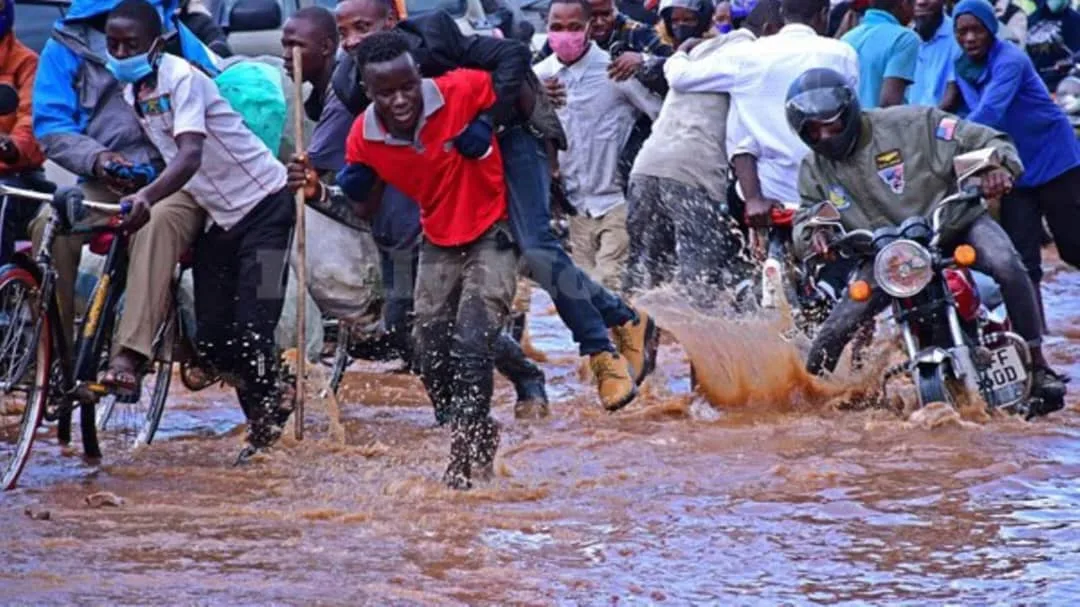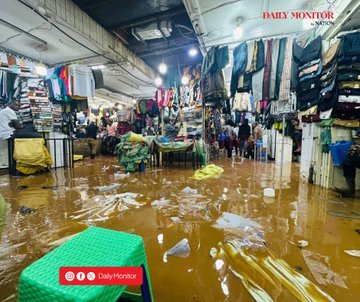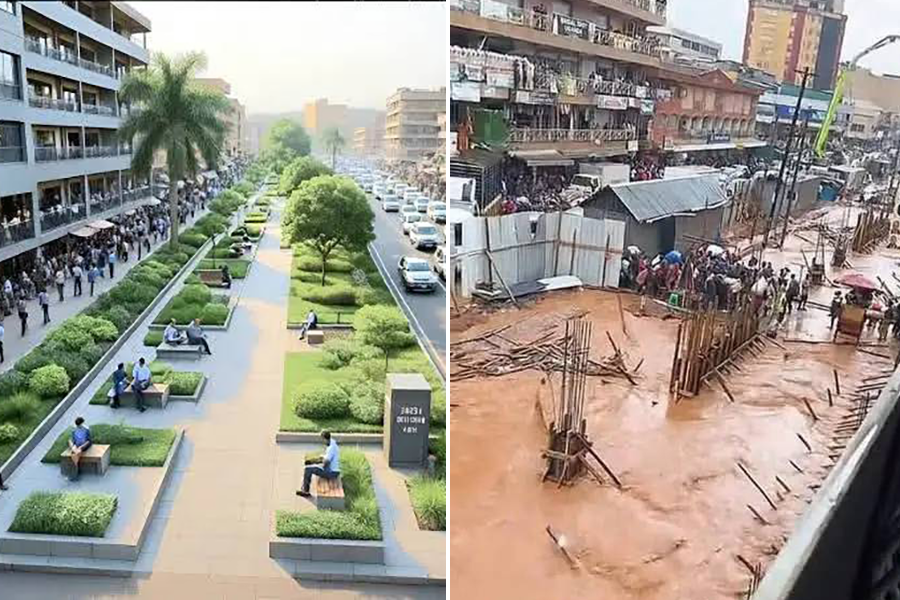Kampala, Uganda’s bustling capital city, experienced one of its most devastating flood events in recent history on October 6, 2025, when heavy afternoon rains unleashed widespread flash floods across key areas of the city. The sudden downpour overwhelmed the city’s drainage systems, leaving roads submerged, businesses paralyzed, and communities grappling with loss and damage. This blog post explores the causes of the floods, the extent of damage caused, the tragic human cost, response efforts, and the pressing need for sustainable infrastructure improvements to prevent future disasters.
The Flood Event: What Happened?
On the afternoon of October 6, 2025, Kampala was hit by intense rainfall lasting several hours. The torrential downpour caused rapid flash floods, especially in low-lying areas and districts with inadequate drainage infrastructure such as Nakivubo channel and parts of downtown. Major commercial hubs, shopping arcades, and streets were submerged, bringing business activity in the heart of the city to a standstill.
The deluge cut off several vital roads including sections of the Kampala-Jinja Highway, Kyambogo, Kyebando, and parts of the Northern Bypass, making vehicular movement impossible and stranding hundreds of commuters. Many motorists abandoned vehicles failing to navigate flooded streets, while pedestrians risked crossing waterlogged areas.
Causes and Underlying Issues
While the heavy rainfall was the immediate driver of the floods, experts and authorities attribute Kampala’s flood vulnerability to a combination of factors:
Poor Drainage Infrastructure: Many of Kampala’s drainage channels are either clogged with waste or poorly maintained, reducing their capacity to channel rainwater quickly out of the city. The much-debated Nakivubo Channel, the city’s primary drainage system, has faced delays in improvement projects, exacerbating the flood risks.
Encroachment and Urban Sprawl: Rapid and often unplanned urbanization has led to encroachment on wetlands and water catchment areas that naturally absorb rainwater. Construction on these critical zones limits the city’s ability to manage floods.
Climate Change: Increased frequency and intensity of rainfall events due to climate change put additional stress on Kampala’s drainage systems, which were built decades ago and are unable to handle modern urban demands effectively.
Human and Economic Impact
The floods claimed at least five lives, including two young children who tragically drowned when their home in Mulimira Zone, Bukoto, was inundated. Other fatalities were linked to motor accidents caused by flooded and slippery roads. In addition to the heartbreaking loss of life, numerous households suffered extensive property damage with many residents losing essential possessions to floodwaters.
Businesses in downtown Kampala experienced severe disruption. Shopping arcades, markets, and offices at ground level were inundated, resulting in significant economic losses. Several streets in Kampala’s commercial center remained inaccessible, freezing commerce and transport for hours.
Emergency Response and Rescue Efforts
Kampala Metropolitan Police, supported by the Police Fire Prevention and Rescue Services, quickly responded to multiple emergency calls. Rescue teams were deployed across affected areas, assisting stranded motorists, securing accident scenes, and conducting search and rescue operations for missing persons.
Authorities urged residents to avoid moving during heavy rains and warned boda boda riders against crossing flooded roads. The police also investigated incidents of negligence linking to some tragedies, including the drowning of the children.
Calls for Urgent Action and Long-Term Solutions
The 2025 Kampala floods have reignited urgent calls from civil society groups, urban planners, and residents for comprehensive flood management solutions. The recurrent nature of flooding in Kampala highlights the need for:
Accelerated completion of drainage channel improvement projects, including Nakivubo Channel.
Strict enforcement against encroachment on wetlands and water bodies.
Upgrading and expansion of stormwater drainage systems to cope with intensified rainfall.
Public awareness campaigns on flood preparedness and safety during the rainy season.
Integration of climate resilience into urban planning and infrastructure investment.
Conclusion
Kampala’s Flood Crisis Is a Wake-Up Call
The October 2025 floods served as a stark reminder of Kampala’s vulnerability to natural disasters worsened by rapid urbanization and insufficient infrastructure. The loss of lives and economic setbacks emphasize the dire need for urgent, coordinated efforts by government, stakeholders, and communities to build a more resilient city.
As Kampala recovers from the devastating rainfall and its aftermath, the path forward must prioritize sustainable urban development and flood risk management. Only then can the city hope to safeguard its people, economy, and future from the growing threat posed by climate and environmental challenges.








Leave a Reply